This title page for Blaeu's Novus Atlas Sinensis a Martino Martinio is a striking original hand-colored example, heightened in gold, published in 1655. Its allegorical scene, rich with symbolism and artistic mastery, depicts the gateway to China being flung open, accompanied by the Latin phrase "clausa recludo" ("I open the closed places"). Alongside a group of angels examining a map of China and a globe oriented toward Southeast Asia and a partially known Australia, it pays tribute to the Jesuit efforts to bring Christianity to China and the significant advancements they made in the geographical understanding of the region.
The context of the 17th century saw an intensified interaction between European powers and the Far East. Jesuit missionaries, of whom Martino Martini was a prominent figure, were at the forefront of this interaction. Through their travels, observations, and scholarly pursuits, they played a pivotal role in transmitting knowledge about China to Europe. Blaeu's atlas, featuring Martini's work, symbolizes this transmission and embodies the zeal of Jesuit missionaries in both religious conversion and geographical exploration.
The title page's visual composition is not only aesthetically pleasing but also deeply emblematic. The top of the scene showcases the Jesuit symbol IHS, radiating light onto the world, with allegorical symbols for Christianity reflecting this light to ignite a torch held by a winged angel atop the gateway to the Middle Kingdom. A procession of angels bearing symbols of Christian faith adds further layers of meaning, representing the spiritual mission of the Jesuits in China.
Martini's contribution to the mapping of China constituted a revolutionary development in geographical knowledge. His reporting offered the first substantial advancement in understanding the region in nearly five decades. This improvement was not merely a scholarly achievement; it shaped the portrayal of China throughout the remainder of the 17th century, influencing trade, diplomacy, and cultural exchange.
In conclusion, the title page of Novus Atlas Sinensis a Martino Martinio serves as both a historical document and a work of art. It encapsulates the Jesuit missionary zeal, the era's cartographic innovations, and the complex interplay between religion, exploration, and the growing European fascination with the Orient. Its beauty and symbolic richness offer a unique lens through which to view a transformative period in the history of East-West relations.
Willem Janszoon Blaeu (1571-1638) was a prominent Dutch geographer and publisher. Born the son of a herring merchant, Blaeu chose not fish but mathematics and astronomy for his focus. He studied with the famous Danish astronomer Tycho Brahe, with whom he honed his instrument and globe making skills. Blaeu set up shop in Amsterdam, where he sold instruments and globes, published maps, and edited the works of intellectuals like Descartes and Hugo Grotius. In 1635, he released his atlas, Theatrum Orbis Terrarum, sive, Atlas novus.
Willem died in 1638. He had two sons, Cornelis (1610-1648) and Joan (1596-1673). Joan trained as a lawyer, but joined his father’s business rather than practice. After his father’s death, the brothers took over their father’s shop and Joan took on his work as hydrographer to the Dutch East India Company. Later in life, Joan would modify and greatly expand his father’s Atlas novus, eventually releasing his masterpiece, the Atlas maior, between 1662 and 1672.









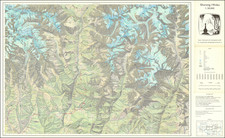
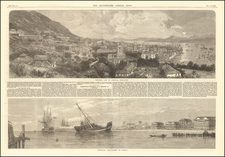
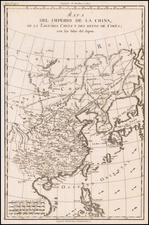
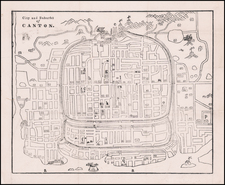
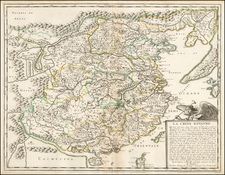
![[ Szechwan and Hunan Provinces ] Hunouang, e Sucuhen, Provincie della China . . .](https://storage.googleapis.com/raremaps/img/small/43950.jpg)